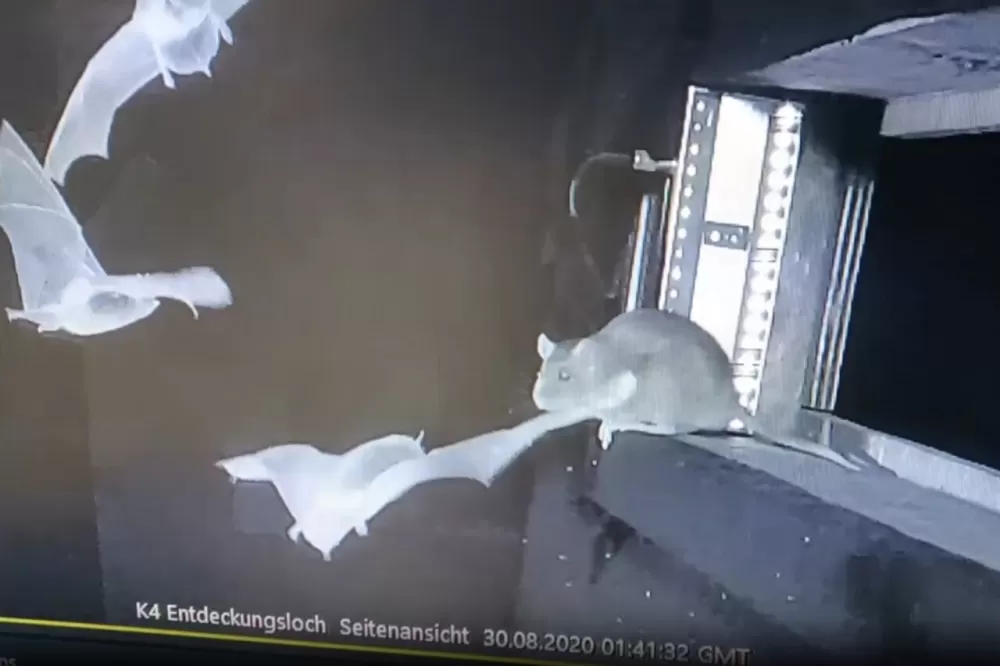The Reef's Unsung Heroes: Unlocking Coral's Microscopic Secrets
Share- Nishadil
- October 29, 2025
- 0 Comments
- 3 minutes read
- 20 Views

Unveiling Coral's Hidden World: Imaging Shows Intricate Algae Partnership
In a groundbreaking study, scientists have utilized high-resolution imaging to peel back the curtain on the intricate, microscopic world within coral polyps, revealing just how these vital marine animals cultivate their symbiotic algal partners. It's a discovery that truly sheds new light on the hidden architectural genius of our reefs.
The ocean's depths, in truth, hold countless mysteries, but few are as captivating – or as critical – as the vibrant, bustling world within a coral polyp. For years, we’ve known that corals, those unassuming architects of our planet's most biodiverse marine ecosystems, rely on a delicate partnership with microscopic algae. Yet, how this intricate dance unfolds at a cellular level has largely remained a secret, tucked away from our view. Until now, that is.
A team of pioneering scientists, using what you could honestly call a truly revolutionary approach to imaging, has finally peeled back the curtain on this hidden interaction. They've not just observed; they’ve virtually stepped inside the coral’s tissues, revealing a world far more complex and thoughtfully designed than many of us ever imagined. It’s a bit like discovering the intricate wiring behind a seemingly simple light switch – suddenly, everything makes more sense.
Why is this so important, you ask? Well, these tiny algae, known scientifically as Symbiodiniaceae, are the coral's lifeline. They’re like miniature power plants, converting sunlight into energy through photosynthesis, providing up to 90% of the coral’s nutritional needs. Without them, coral simply can’t survive, let alone build those magnificent reef structures we cherish. But exactly how the coral manages these vital tenants – where they live, how they get light, how they’re protected – has been largely a matter of educated guesswork.
This new research, spearheaded by Dr. Daniel Wangpraseurt and his dedicated team, employed a dazzling array of advanced techniques, including something called confocal microscopy and sophisticated image analysis. Imagine being able to zoom in with such precision that you can see individual algal cells nestled within the coral’s soft tissues. They built 3D models, offering an unprecedented, almost tactile view of this internal landscape. It’s not just a flat image; it's a journey into the coral's inner sanctum.
And what they found, honestly, is nothing short of remarkable. Far from being a simple, passive host, the coral polyp actively cultivates its algal partners. The scientists discovered what they've charmingly dubbed "coral tents" – intricate folds and protrusions within the coral tissue that essentially act as microscopic greenhouses. These structures, believe it or not, are perfectly engineered to optimize light exposure for the algae, allowing them to photosynthesize efficiently, while simultaneously shielding them from the harsh, damaging effects of too much sun. It’s a masterclass in bio-engineering, unfolding right before our eyes.
This sophisticated internal architecture paints a much richer picture of coral resilience. It suggests that corals possess a deeper, more active role in managing their symbiotic relationship than previously understood. This isn't just a passive co-existence; it's an intelligent, adaptive partnership. And this, my friends, holds profound implications. For once, we're gaining true insight into the cellular mechanisms that underpin coral health, but also, tragically, their vulnerability.
In an era defined by the pressing threats of ocean warming and acidification – phenomena that mercilessly disrupt this delicate coral-algae bond, leading to devastating coral bleaching – understanding these internal processes is absolutely paramount. It offers scientists new targets, new pathways, perhaps even new hope, for conservation strategies. By truly comprehending the coral's intrinsic genius, we might just equip ourselves better to protect these vital ecosystems before it's too late. It’s a journey, undoubtedly, but a necessary one, to save the very heart of our oceans.
Disclaimer: This article was generated in part using artificial intelligence and may contain errors or omissions. The content is provided for informational purposes only and does not constitute professional advice. We makes no representations or warranties regarding its accuracy, completeness, or reliability. Readers are advised to verify the information independently before relying on







